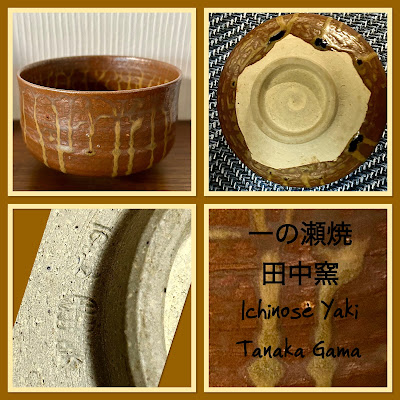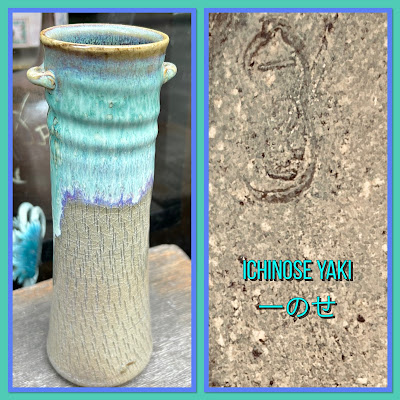After the passage of the McKinley Tariff Act of 1890 countries were required to mark the name of the country of origin written in English on products imported to the United States. "Nippon" was how the Japanese referred to their country, so this was printed on their goods. In 1921 The United States required "Japan" to be used for marking imports. This helps somewhat in dating pieces, although keep in mind that "Japan" and "Made in Japan" were used again after World War II.
There are generally two categories of Nippon wares, early Nippon and late Nippon. Early Nippon was generally made by groups or families. Gradually manufacturing changed to mass production. Early Nippon wares are more individual in nature, whereas the later wares are more uniform.
This type of Japanese ceramics was definitely made for export. The Japanese much prefer pottery and simple designed porcelain over the ornate. I must say that I agree! There is a warmth in pottery and a cool sophistication to simple designs. Since there still seems to be a market for Nippon, I include it here. That being said now and again I find a piece that I like.
HAND PAINTED NIPPON-RISING SUN MARK
To be honest I did not know what a hair receiver was initially. With the help of Wikipedia I learned that women had them at their dressing tables to keep the hair removed from their brushes after brushing. The fallen hair was used to stuff pin cushions, small pillows and to make "rats" for adding volume in Victorian hair styles. How resourceful.
*********************************************
This is the Nippon crown/star mark.
Nippon RC, meaning Royal Crockery
IMPERIAL NIPPON HAND PAINTED
Jonroth Studios NIPPON
Founded 1909
*This is one I really like
Kaga refers to an area in Japan which is where Kutani wares are made. This patters is often referred to as "Geisha Girl Porcelain". In reality the figures have nothing to do with geisha.




























































